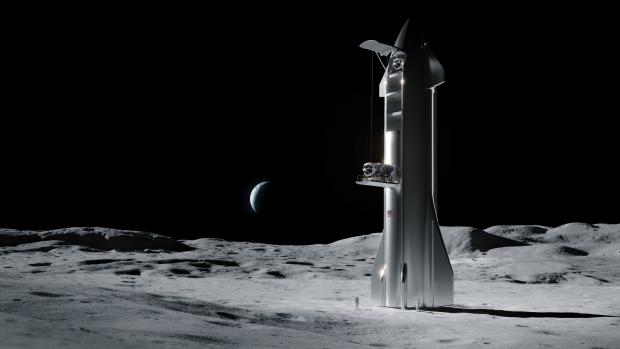
Breaking News
 FULL SPEECH: Tucker on the America First Movement & New "Deplatforming" Agenda
FULL SPEECH: Tucker on the America First Movement & New "Deplatforming" Agenda
 Red Light Therapy And Men's Health: Does It Really Work?
Red Light Therapy And Men's Health: Does It Really Work?
 Kash Patel's New FBI Clown Show - The Bizarre Interview He Will Regret For The Rest of His Life
Kash Patel's New FBI Clown Show - The Bizarre Interview He Will Regret For The Rest of His Life
 One Rifle I Trust for Everything
One Rifle I Trust for Everything
Top Tech News
 This tiny dev board is packed with features for ambitious makers
This tiny dev board is packed with features for ambitious makers
 Scientists Discover Gel to Regrow Tooth Enamel
Scientists Discover Gel to Regrow Tooth Enamel
 Vitamin C and Dandelion Root Killing Cancer Cells -- as Former CDC Director Calls for COVID-19...
Vitamin C and Dandelion Root Killing Cancer Cells -- as Former CDC Director Calls for COVID-19...
 Galactic Brain: US firm plans space-based data centers, power grid to challenge China
Galactic Brain: US firm plans space-based data centers, power grid to challenge China
 A microbial cleanup for glyphosate just earned a patent. Here's why that matters
A microbial cleanup for glyphosate just earned a patent. Here's why that matters
 Japan Breaks Internet Speed Record with 5 Million Times Faster Data Transfer
Japan Breaks Internet Speed Record with 5 Million Times Faster Data Transfer
 Advanced Propulsion Resources Part 1 of 2
Advanced Propulsion Resources Part 1 of 2
 PulsarFusion a forward-thinking UK aerospace company, is pushing the boundaries of space travel...
PulsarFusion a forward-thinking UK aerospace company, is pushing the boundaries of space travel...
 Dinky little laser box throws big-screen entertainment from inches away
Dinky little laser box throws big-screen entertainment from inches away
 'World's first' sodium-ion flashlight shines bright even at -40 ºF
'World's first' sodium-ion flashlight shines bright even at -40 ºF
SpaceX Falcon Heavy rocket set to launch NASA moon outpost in 2024

The initial core sections of the gateway, including the habitation unit and propulsion element, are currently expected to launch no earlier than May 2024.
America is set on returning astronauts to the Moon, mainly in order to test technologies that will be vital to the success of its ultimate goal of putting human boots on Mars under the auspices of the Artemis program.
A key element in the architecture of the Artemis program is a Moon-orbiting space station known as the Gateway. Upon completion, the outpost will be roughly a sixth the size of the International Space Station, and like the ISS, it will be capable of shifting its orbit to meet mission needs and if necessary, to avoid hazardous objects.
The new space station will serve as a rendezvous point for missions to the Moon, and eventually for forays deeper into the Solar System.
Currently, development is focused on the future station's Habitation and Logistics Outpost (HALO) – which will be supplied by Northrop Grumman – and the Power and Propulsion Element (PPE), which is being designed and fabricated by Maxar Technologies.
The Halo section will be, as the name suggests, a pressurized module housing the crew's living quarters. It will also be equipped with docking ports for visiting spacecraft, and facilities that will allow astronauts to conduct scientific experiments. This crewed section will be supported by the PPE element, which will provide HALO with power, high-speed communications and other vital resources.



